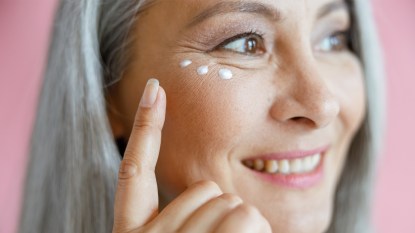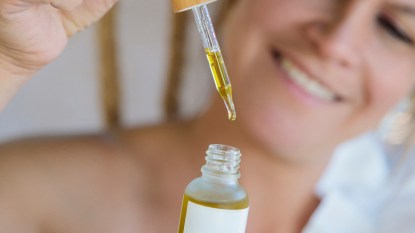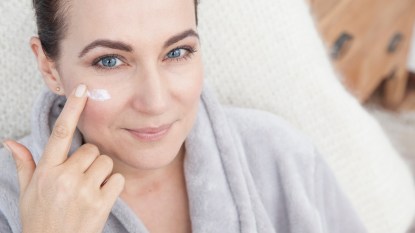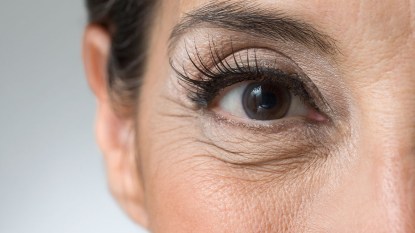Wrinkles, Pimples, Rosacea, Oh My! How to Care for Your Skin During Perimenopause
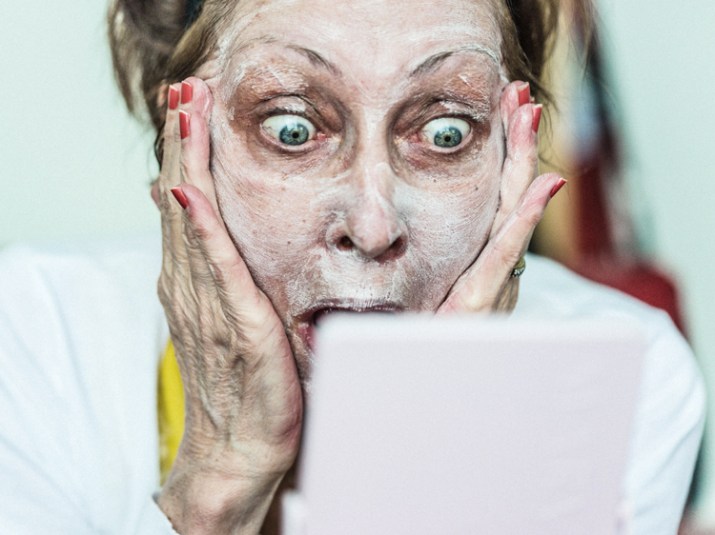
We write about products we think our readers will like. If you buy them, we get a small share of the revenue from the supplier.
“Do you use a daily moisturizer?”
“No!” I said, and then laughed.
My sister-in-law gave me a grave look. “You’re going to age really fast.” I immediately stopped laughing. My brother’s wife is 12 years older than I am and has always been one of the most beautiful and glamorous women I know.
But the reason I laughed is that at the time we had this conversation, I was 25 years old. I wasn’t thinking about “aging” — really fast or otherwise. Her grave expression made me change my mind, however. It was the holidays, and that very day, I took my Christmas money, went to a department store at the mall, and bought an expensive moisturizer to ward off signs of premature aging. I have never looked back.
For years, people told me I looked younger than my age, and I always thanked my sister-in-law for putting the fear of God (and of wrinkles) in me for their compliments. (Well, and genetics, of course — and my oily skin, and the fact that after growing up in Los Angeles and wearing baby oil for the first 18 years of my life, I’ve worn sunscreen every day thereafter.)
But lately, none of these factors seems to help. Despite my best efforts — and by that I mean, washing my face twice a day and using moisturizer — I’ve been developing weird skin issues since becoming perimenopausal. I have fine lines, of course, which is to be expected. But now it also seems that once a week or so I wake up to find an honest-to-goodness pimple on my face. (A pimple! Atop my wrinkles!) My neck looks funny, gizzard-ish.
As of January 2018, I am one of 16 million Americans to suffer from rosacea, which in my case was brought on by hot flashes and a genetic predisposition, thanks to my dad’s Irish ancestry. My skin, which was always oily and shiny, is now mostly dry, but occasionally still oily. So in other words, I suddenly have wrinkles, pimples, gizzard neck, rosacea, and mostly dry — but sometimes oily — skin. Not to complain, but: What the heck?
5 Perimenopause Skin-Care Tips That Work
This combination of skin issues has a silver lining, however: I am now something of an expert in skin care. (Oh, I know what you’re thinking: Isn’t bragging about being an expert in skin care after having so many problems with your skin sort of like bragging about being an expert in weddings after having been married nine times? Whatever. When my friend’s sister-in-law’s colleague developed rosacea and emailed me asking me if it was okay to still use a night cream containing retinol, I knew my suffering had not been in vain.) So to help those of you who may be interested in perimenopause skin problems and menopause skin care, here’s what I’ve learned.
1. Wash gently.
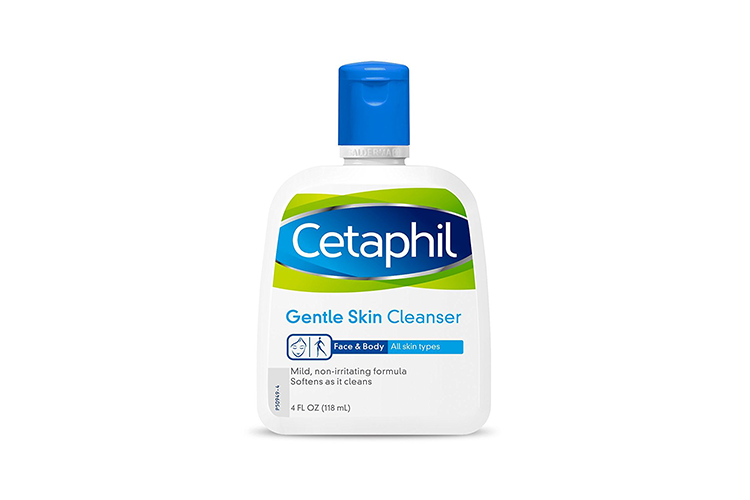
Your skin has not gotten “dirty” while you’ve slept; therefore, if you have dry skin, there is really no reason to wash it in the morning as well as at night; many women with perimenopause and dry skin simply splash their faces with lukewarm water and pat dry. Otherwise, if your skin is normal or oily, you may still want to wash twice daily. In terms of what cleanser to use, it seems that many dermatologists, women over 40, and Amazon shoppers swear by Cetaphil Gentle Skin Care Cleanser ($15.65, Amazon). My own dermatologist at University of Wisconsin-Madison told me not to use anything else, and indeed I see no reason to: it cleanses, hydrates without being greasy, doesn’t sting or otherwise bother my rosacea, and at about $10 for 16 ounces, it’s about as cheap as a skin-care product comes.
2. Concentrate.
Serums are used after cleansers and before moisturizers. Sometimes called the “workhorses” of skin-care lines, they’re more concentrated than moisturizers. There are many skin-care experts who would rather forego a moisturizer than a serum, and I have to say, I’ve become a bit of a convert myself. I can’t go without moisturizer, because therein lies my everyday sunscreen, but serums are just making my skin so soft. Here are a few ingredients to look for when choosing a serum:
- Alpha-lipoic acid may erase fine lines and wrinkles, diminish pores, and give skin a healthy glow.
- Coffee berry extract significantly improved the appearance of fine lines and wrinkles without allergic reactions or skin irritations in recent studies.
- Green tea extract in creams and lotions may also slow signs of aging and reduce sagging skin and wrinkles.
- Hyaluronic acid enhances the skin’s ability to retain moisture and may help smooth out skin.
- Peptides stimulate collagen production.
- Vitamin C can stimulate collagen production and reduce hyperpigmentation (dark spots).
- Retinol (aka Retin-A or vitamin A) boosts the amount of collagen your body makes and plumps up your skin, reducing fine lines and wrinkles. It also improves skin tone and color. (But be careful to only use retinol at night, as it can increase sensitivity to the sun and cause sunburn.)
Some popular serums (at every price point!) to try:
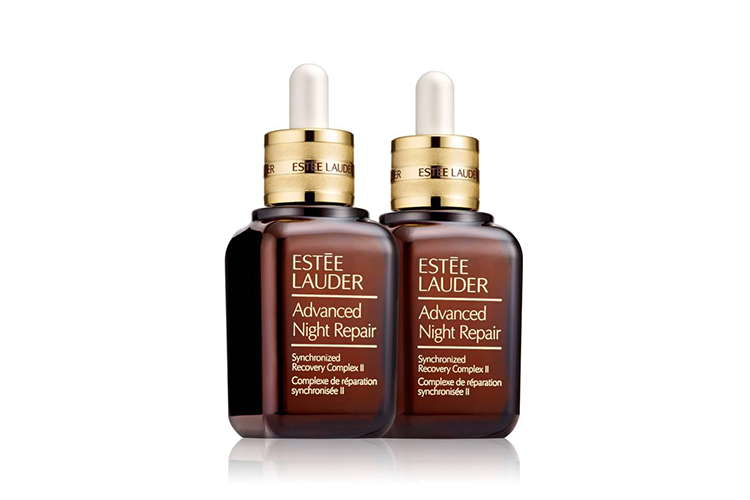
Luxury: The No. 1 repair serum in the United States is ESTÉE LAUDER Advanced Night Repair Synchronized Recovery Complex II ($72.98, Amazon).
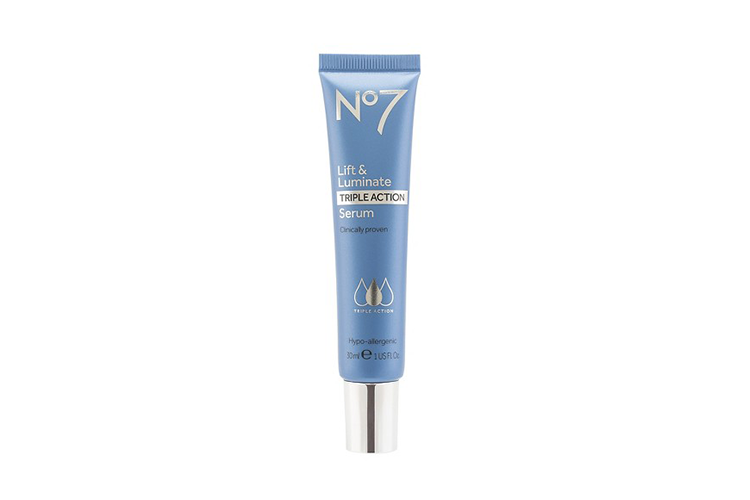
Mid-priced: No 7 Lift and Luminate Triple Action Serum is from the United Kingdom’s No. 1 beauty brand ($19.21, Amazon).
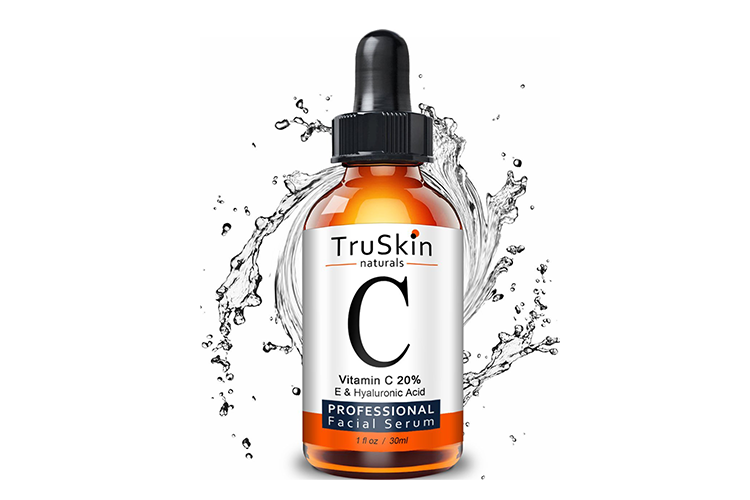
Affordable: TruSkin Naturals Vitamin C Serum for Face, Topical Facial Serum with Hyaluronic Acid & Vitamin E, is the No. 2 best-selling beauty and personal care product on Amazon, garnering 4.4 out of 5 stars with over 9,000 customer reviews ($19.99, Amazon).
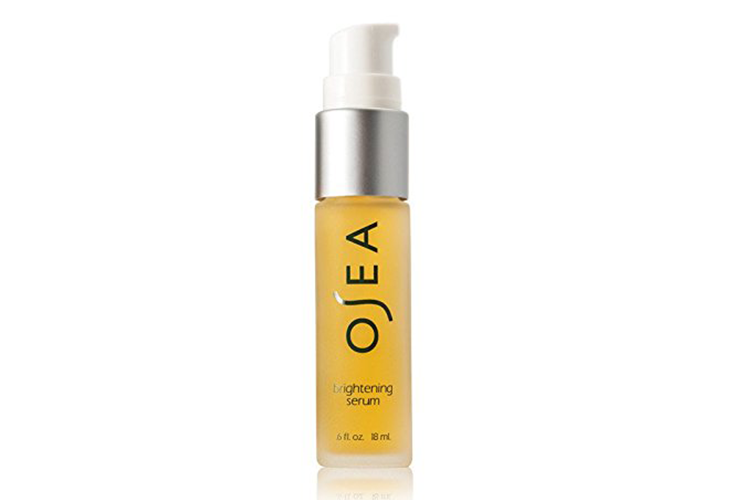
Natural: Osea Brightening Serum is an “age-defying” serum “that brightens and tones” and is made with organic ingredients and botanicals. One reviewer wrote that it had almost completely gotten rid of her dark spots after only a week ($60, Amazon).
3. Screen against the sun.
I’m sure you wear sunscreen at the beach or lake. (I wear SPF 50+ sunscreen, a big hat, and sunglasses, and I bring an umbrella to sit under in the sand — yeah, it’s a real treat for my 16-year-old daughter to be seen at the beach or lake with me…) But did you know you need to wear sunscreen every day — just walking around your city, town, suburbs, or rural environs?
Tara Allmen, MD, author of Menopause Confidential ($9.88, Amazon), applies Neutrogena Ultra Sheer Dry Touch Broad Spectrum SPF 30 to her face, neck, and the back of her hands before leaving the house every day — and she suggests we do the same. Personally, I would rather skip a step and have a sunscreen built directly into my moisturizer; other people may not mind applying two products.
Note that people with sensitive skin (hello, rosacea!) will want to avoid chemical sunscreens and instead use physical barriers, such as zinc oxide and titanium oxide.
Some stand-alone sunscreens as well as moisturizers with sunscreens to try:
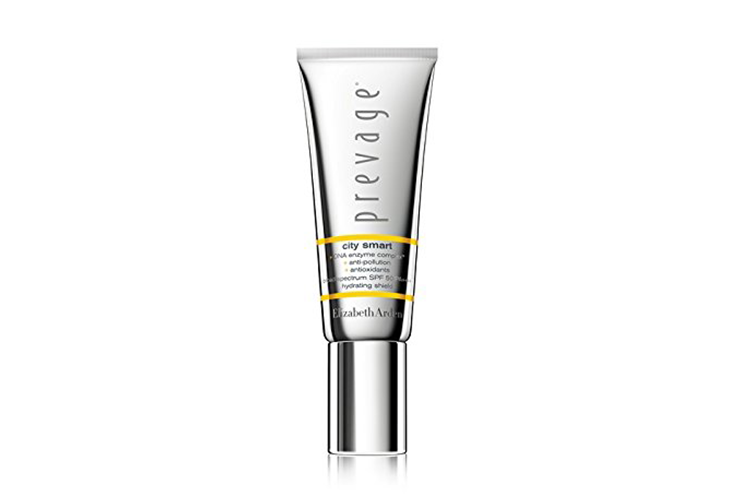
Luxury: Elizabeth Arden Prevage City Smart moisturizer with Broad Spectrum Sunscreen SPF 50 ($68, Amazon)
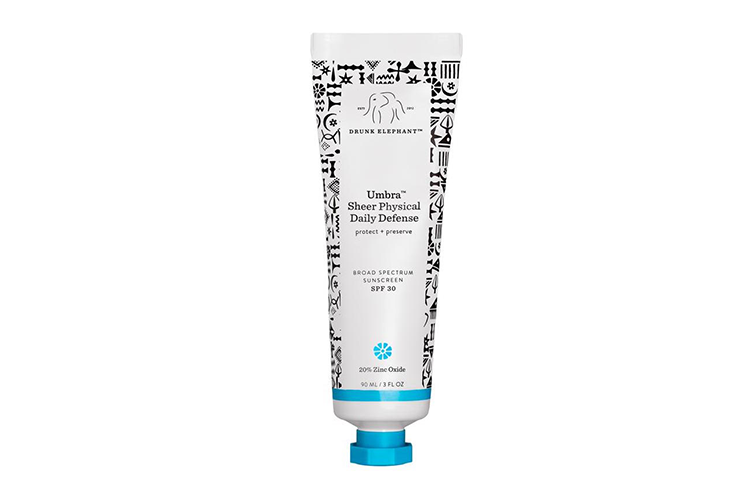
Mid-priced: Drunk Elephant Umbra Sheer Physical Daily Defense Broad Spectrum Sunscreen SPF 30 contains 20 percent zinc oxide and no chemical sunscreens ($34, Amazon).
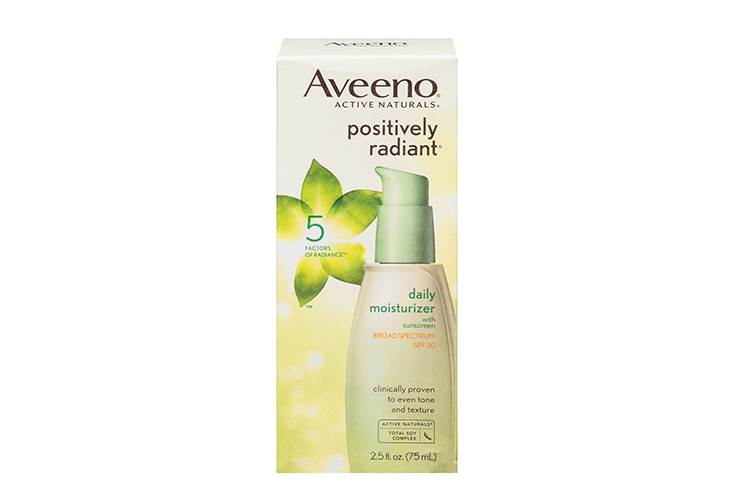
Affordable: Those who aren’t troubled by chemical sunscreens may want to try Aveeno Positively Radiant Daily Facial Moisturizer with Broad Spectrum SPF 30; it’s a reasonable and popular option, and it combines a sunscreen and moisturizer in a single product ($12.74, Amazon).
4. Give your skin its beauty sleep.
Skin cells do their repair work most efficiently at night; skin regeneration can double between 11 p.m. and 4 a.m. In other words, even if we’re night owls (guilty!), we should wash up and moisturize by 11 p.m.
Many night creams contain retinol, which is a favorite ingredient of mine because it both fights wrinkles and acne. Unfortunately, it’s not great for sensitive skin — but as the saying goes, two out of three ain’t bad, and my dermatologist once told me that as long as a product doesn’t bother you (that is, cause redness or stinging), it’s okay to use. Other ingredients rosacea-sufferers should avoid (which, unfortunately, do bother me) are coconut oil and avocado oil. The rest of you can slather them on to your skin’s content, as they’re quite moisturizing.
Some night creams to try:
Luxury/Mid-price: SkinCeuticals Renew Overnight Dry has legions of fans, many of whom claim you’ll see a difference overnight ($93.68, Amazon).
Affordable: RoC Retinol Correction Deep Wrinkle Night Cream consistently lands on top-10 lists of night creams, and receives 4/5 stars on both Amazon and Target ($14.51, Amazon).
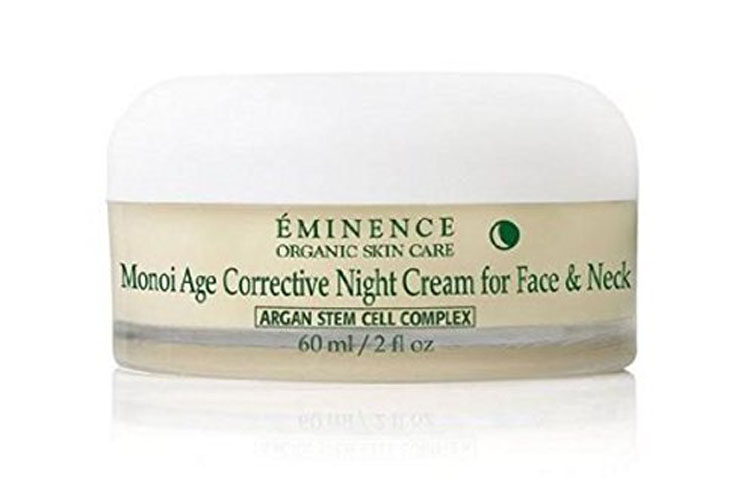
Natural: Eminence Monoi Age Corrective Night Cream for Face & Neck receives 5/5 stars from customer reviews on its website and is made from all organic and natural ingredients ($44.33, Amazon).
5. Don’t forget the windows into your soul.
I don’t know about you, but the windows into my soul look like they always have; it’s the window frames that look a bit worse for wear. Not that I’d trade a single smile, laugh, or late night rocking my baby for the crow’s feet and bags I’ve thereby earned. (Wait, who am I kidding? Did everything have to be that funny? Couldn’t I have let my baby cry just a little?) In any case, now it’s time to pay the piper, and by “piper,” I mean the companies that make the expensive eye creams so that people like me can feel better about our window frames.
In terms of where and how to apply eye cream, beauty experts recommend gently patting it underneath the eyes, along the orbital bone (yep, I learned a new word, too!) — not on top of the eyelid — using your ring finger.
Eye creams can be expensive, which is why you’ll be delighted to know that my three recommendations all come in under $30:
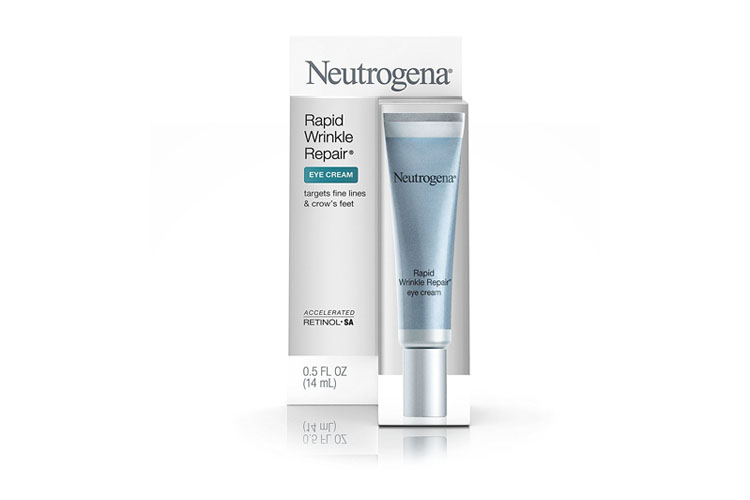
Neutrogena Rapid Wrinkle Repair Eye Cream is recommended by Rebecca Kazin, MD, of the Washington Institute of Dermatologic Laser Surgery ($16.98, Amazon).
Avon Anew Clinical Eye Lift contains the newest version of peptide technology. Peptides are small proteins that stimulate the production of collagen, and newer formulas are able to produce a mild, Botox-like effect, inhibiting wrinkle formation, and stimulating skin cells ($15.99, Amazon).
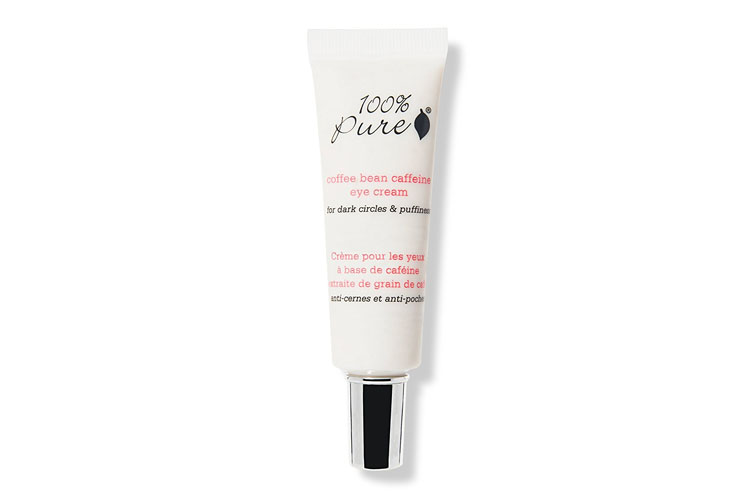
100% Pure Organic Coffee Bean Caffeine Eye Cream is an organic product that contains caffeine, which Dr. Kazin recommends because it “will help tighten the skin, reducing the puffiness, and also help stimulate lymphatic drainage of fluid away from the under-eye area.” ($24.70, Amazon)
Bottom Line: Moisturize Your Perimenopausal Skin
So I use cleanser, serum, day cream with sunscreen, night cream, and eye cream. There are certainly more facial skin-care products for perimenopausal skin problems one could use (dark spot correctors, neck creams, exfoliants, masks, sonic brushes, vials of elixirs made from unicorn tears and the sweat of college football players, undoubtedly, and so on), but there are only so many minutes in the day, and you know, one also needs to work, raise children, write novels, lead the revolution, etc., and besides that, sonic brushes and elixirs aren’t cheap.
Still, I think my sister-in-law would be pleased. I took her advice, and now I’m passing it on to you: Use a daily moisturizer. It’s a privilege to age, but none of us wants to do it “really fast,” after all.
This article was written by Kelly Dwyer.
More From FIRST
How I Knew: 9 Women on When They First Entered Perimenopause
Perimenopause Is Dialing Up My Sex Drive, and I’m Not Complaining
Perimenopause Comes In Two Halves — Here’s How to Tell Them Apart





